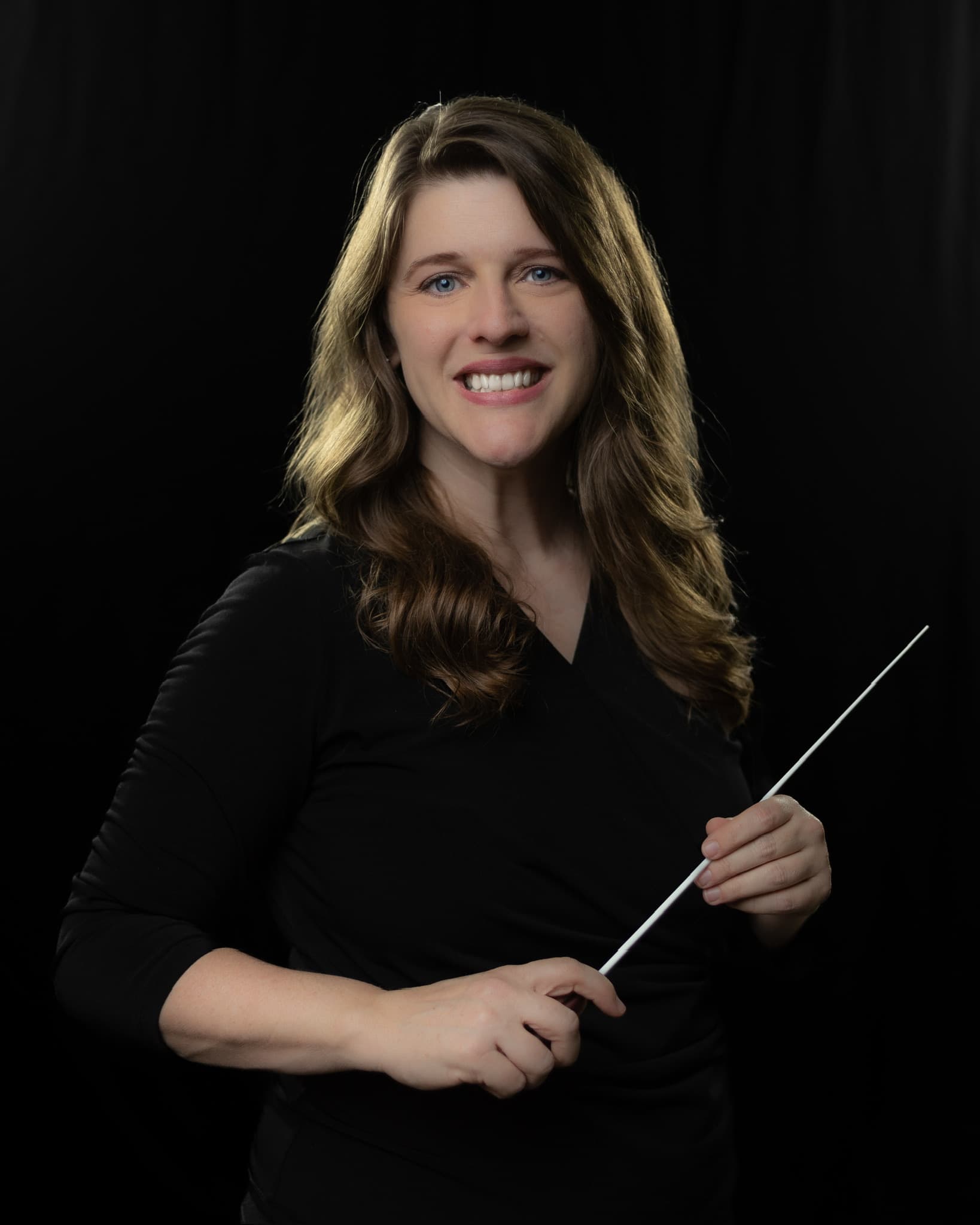Music – an enchanting language that transcends boundaries. While its charm is universal, the technicalities constructing a piece of music might not be as well-understood. Two key elements often discussed in music theory are rhythm and pitch. While both are central to music’s structure, understanding their differences is essential to grasp the basic music concepts.
Rhythm and pitch form the backbone of any musical composition, influencing a piece’s emotion, pace, and overall aesthetic. Let’s dissect these core components and delve deeper into their roles in shaping music.
What Is Pitch?
In simplest terms, pitch refers to how high or low a sound is perceived based on its frequency. A fast vibration (high frequency) results in a high-pitched sound, like the chirping of a bird, whereas a slow vibration (low frequency) produces a low-pitched sound, such as a bass guitar.
When it comes to music, pitch is employed to create melody and harmony. Melody is a sequence of pitches that we often recognize as the ‘tune’ of a song. Harmony, on the other hand, is the simultaneous combination of pitches, adding depth and richness to a piece of music. A keen understanding of pitch can enhance the ability to discern between and appreciate different musical keys, notes, and scales.
What is Rhythm?
Rhythm, often described as the “heartbeat” or “timing” of music, is the pattern of sound over time. The structured progression of sounds and silences brings a distinct flow to a composition.
Rhythm comprises elements like beats, tempo, and meter. Beats are the basic time units in music. Tempo indicates the speed of these beats, and the meter groups them into measurable units. Rhythm, therefore, provides the framework that organizes a piece of music, dictating when notes begin and end.
Understanding rhythm can lead to a more profound appreciation of various music styles. From the upbeat syncopations of jazz to the soulful pulse of blues, rhythm defines and differentiates musical genres.
Rhythm vs. Pitch: Complementary, Not Competitive
The beauty of music is woven through the intricate interplay of rhythm and pitch. While they are distinct elements, they are not competitive but complementary.
Pitch brings the melody and harmony, the identifiable ‘tune’ that can stir emotions and stay stuck in our heads for days. In contrast, rhythm brings order, facilitating the movement and pace of the music, often compelling us to tap our feet or sway to its tempo.
Understanding the difference between rhythm and pitch is like understanding the difference between the colors of a painting and its structure. While one provides aesthetic appeal, the other provides form and function, and together, they create a piece of art that resonates with us.
The Interplay in Practice
Think about a musical performance – perhaps a symphony orchestra. The violins may carry the melody (pitch), providing the emotional connection, while the percussive elements keep the time (rhythm), creating a structured, cohesive experience. Both elements work in harmony, making the performance engaging and complete.
Why Understanding Rhythm and Pitch Matters
For aspiring musicians, a deep understanding of rhythm and pitch is fundamental to mastering an instrument or refining singing skills. It also enhances the ability to improvise and create unique compositions.
For music lovers and listeners, understanding these concepts can dramatically enhance your listening experience. You’ll appreciate the intricacy and thought put into a composition, revealing an entirely new layer to your favorite songs.
In essence, rhythm and pitch are two sides of the same musical coin, each playing an
integral role in creating, playing, and appreciating music. By distinguishing between the two, we open doors to a more profound comprehension and enjoyment of the music we love.
Whether you’re an aspiring musician or an avid listener, understanding these core elements of music – rhythm, and pitch – can profoundly elevate your relationship with music. Immerse yourself in the rhythm, embrace the pitch, and uncover a new world of musical understanding.

A native of Florida, Cindy grew up with a rich family history of music. Starting with piano at age 9, she added flute and other instruments to her repertoire in junior high. She made all-county band and played piano for her school’s jazz band and show choirs. Throughout her teen years, she also had opportunities to perform in her local community in churches, assisted living facilities, plays, and productions. While pursuing her college degree in education, she traveled as the pianist for a college-sponsored singing group in 48 states over five summers. She has now been teaching music, including instruments and voice, since 1995. She has instructed students of all ages and skill levels, and many of her students from decades past now are teaching their own music students.


